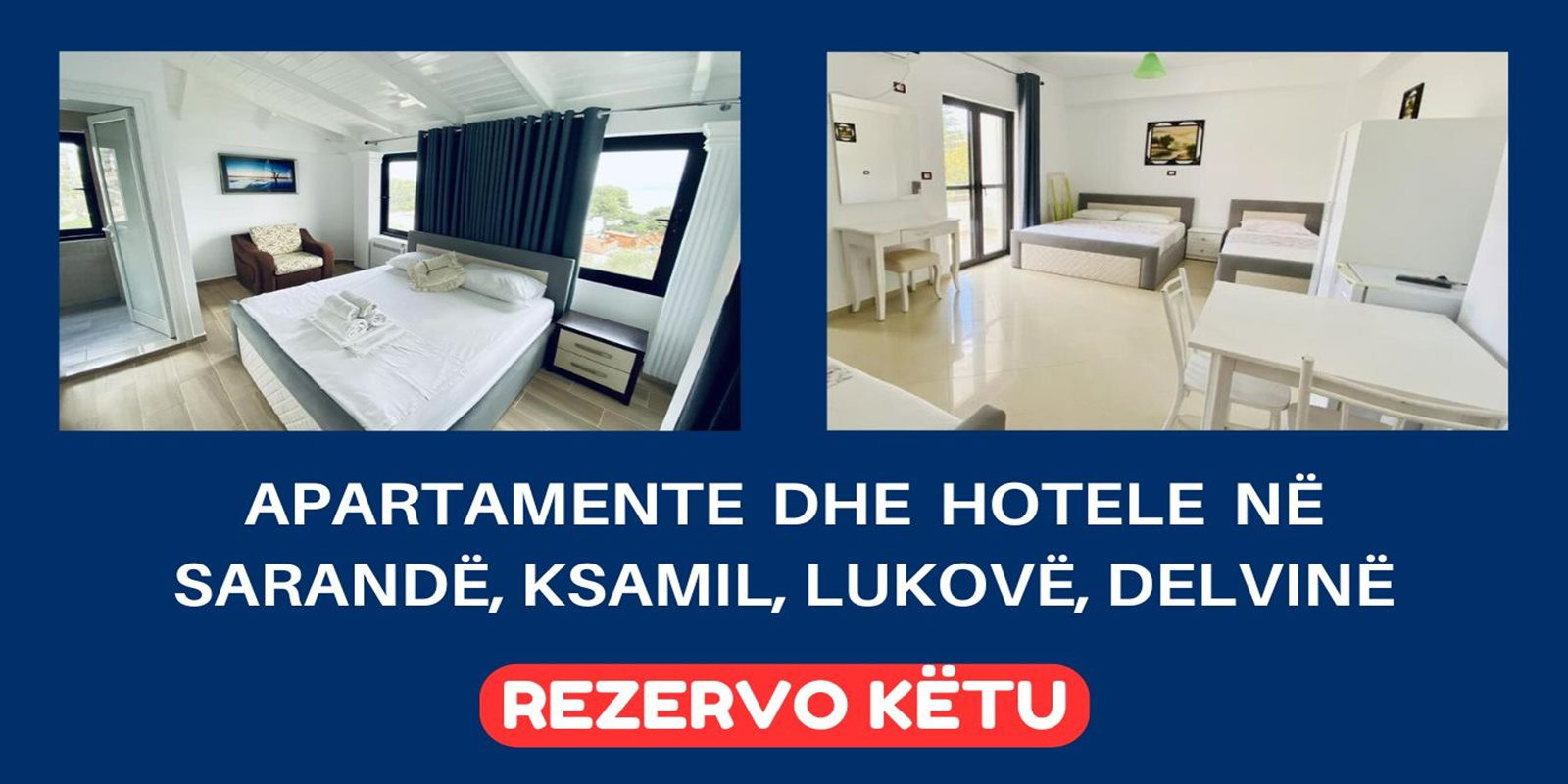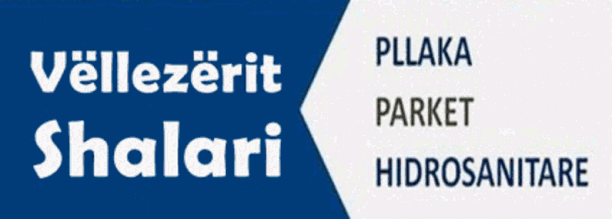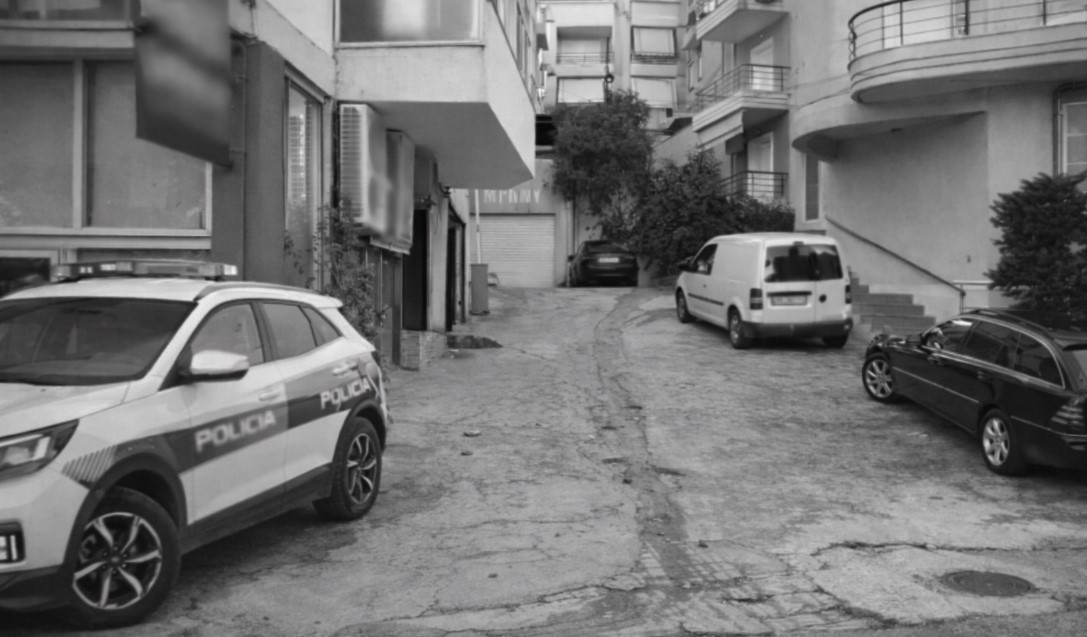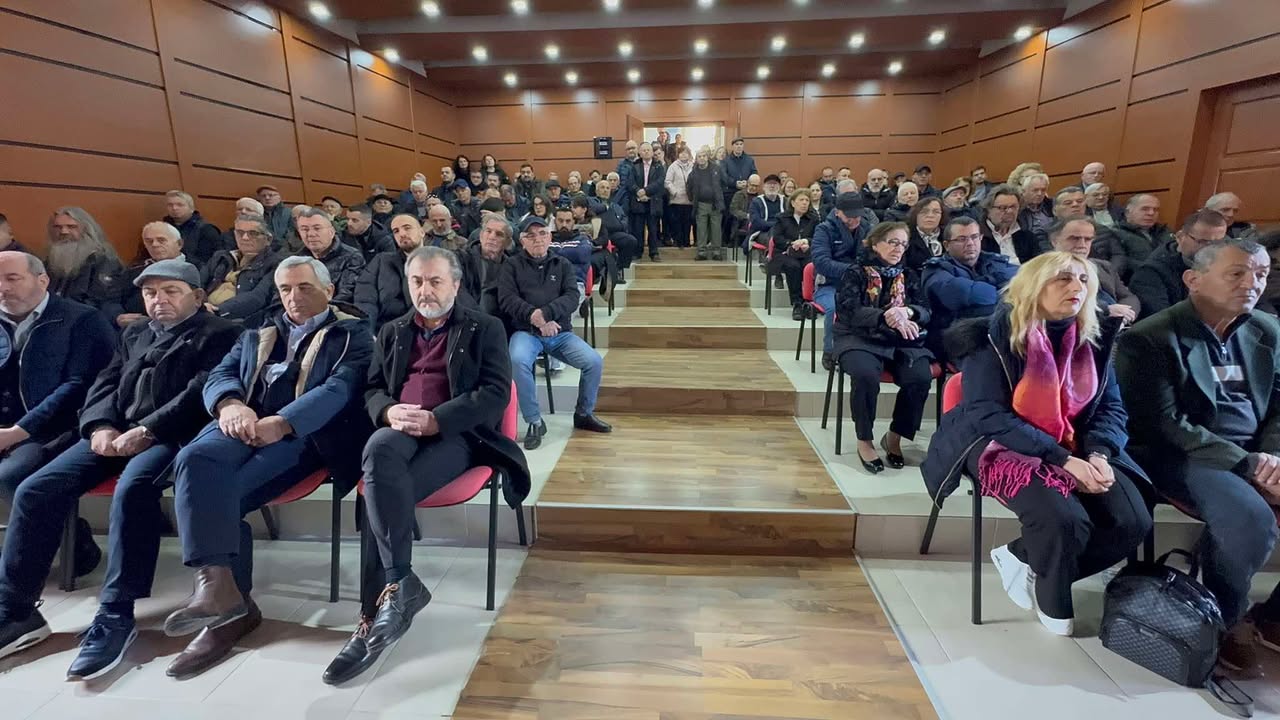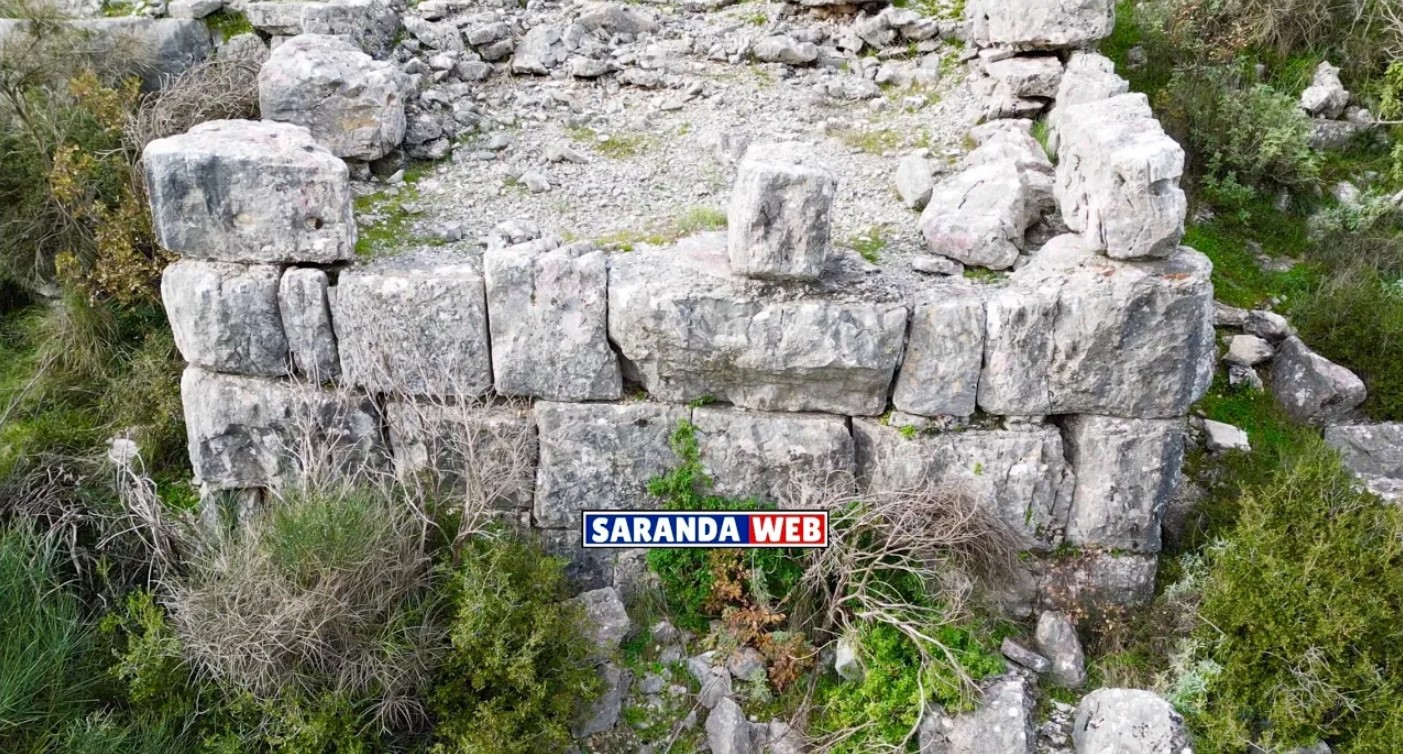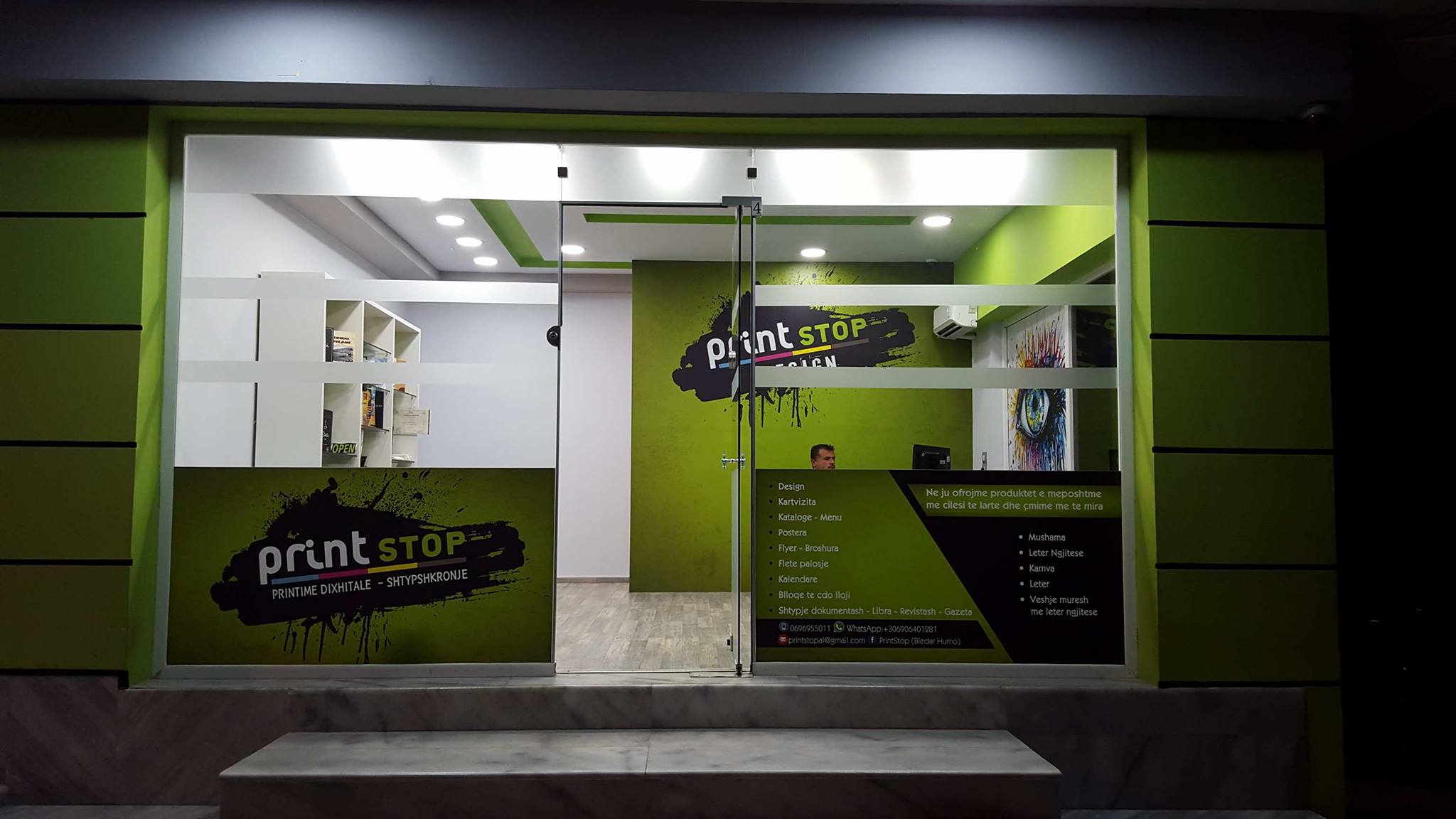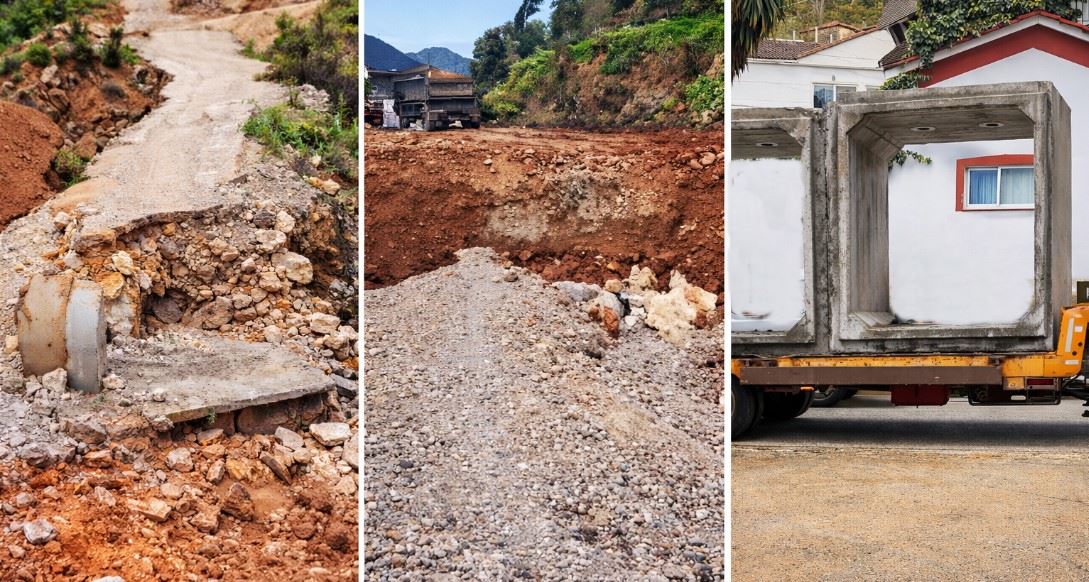
Sarande – The Jewel of the Albanian Riviera
Sarande – The Jewel of the Albanian Riviera
Located 262 km from Tirana, 124 km from Vlora, and 52 km from Gjirokastra, Sarande is a captivating coastal town that perfectly blends rich history, breathtaking landscapes, and warm hospitality. Nestled along the beautiful Ionian Sea, Sarande offers a unique experience, where ancient archaeological sites coexist with the stunning beauty of the Mediterranean.
A Brief Overview
Sarande is not just a destination; it is an enchanting experience steeped in history and legends. The town’s picturesque location, flanked by crystal-clear waters and lush hills, has made it a desirable spot for travelers seeking both relaxation and adventure. With its mild climate, Sarande can be visited year-round, but spring and autumn are particularly ideal for excursions. For sun-seekers, the perfect time to enjoy the beaches extends from late May to the end of September.
Geographical Position
Situated in the southwestern part of Albania, Sarande is bordered by the towns of Delvina, Vlora, and Gjirokastra, and shares a border with Greece.
How to Reach Sarande
- By Air: The nearest airport is Tirana International Airport, located 262 km away. Alternatively, you can fly into Corfu Airport and take a 30-minute ferry ride to Sarande.
- By Sea: Travel by ferry from Durres or Vlora in Albania, or from the Greek islands of Corfu and Igoumenitsa.
- By Road: From northern and northeastern Albania, you can reach Sarande by taking national highways. If arriving from Fier, you can choose between two routes:
- Via Levan, Tepelena, Ura e Kardhiqit, and the Skërficë Tunnel.
- Via Vlora, the Llogara Pass, and then along the stunning Ionian Coast (Dhërmi, Vuno, Himarë, Borsh, Lukovë).
If traveling from Greece by land, you can cross at the Kakavija border, Tri Urave (near Përmet), or Qafa e Botës (in the southern part of Albania). Visitors from eastern Albania, North Macedonia, or Northern Greece can pass through Elbasan and Rrogozhina, then take one of the two branches starting from Fier, or head through Korça, Erseka, Leskoviku, Përmeti, the Këlcyrë gorge, Tepelena’s Cold Water, Gjirokastra, and Qafa e Muzinës.
The History of Sarande
Sarande first appeared in ancient records in the 2nd century BC under the name Onhezmus. Cicero, the famous Roman orator, passed through this area on his way from Butrint to Rome, highlighting the town’s historical significance. Strabo, the renowned Roman geographer, noted it as an essential transit point between Rome and Greece.
In the 4th century AD, Sarande was fortified with walls up to two meters thick. Within these walls, remnants of homes and a 6th-century paleochristian basilica adorned with mosaic floors were discovered. The Venetians occupied the town briefly in the 12th and 13th centuries before the Ottomans arrived in 1413, ruling for over five centuries. Ironically, the town faced its final ruin under the rule of the famous Albanian leader, Ali Pasha of Tepelena.
In the 19th century, Sarande housed a customs office, a quarantine station, a shipping agency, and several taverns. The town began to revive after Albania’s independence, starting with a population of just around 100. Its growth surged during King Zogu I’s reign in the 1930s, and the town was temporarily renamed “Porto Eda” during the Italian occupation, a nod to Mussolini’s beloved daughter. Under communist rule, the name Sarande was restored.
Demographics, Religion, and Economy
Population
The Sarande district, encompassing the towns of Konispol and Finiq, officially houses around 85,000 residents. In addition to the Albanian population, the area is home to a Greek minority as well as Vlach and Roma communities.
Religion
In Sarande, as in much of Albania, two main religious beliefs coexist: Orthodox Christianity and Islam. The relationship between these faiths has historically been harmonious, with numerous interfaith marriages further strengthening community bonds.
Economy
Sarande’s economic development is largely driven by tourism, trade, maritime transport, fishing, and light industry. The tourism sector is the backbone of Sarande’s economy and that of nearby Ksamil, attracting visitors with its stunning beaches and rich cultural heritage.
Traditions and Customs in Sarande
Traditional Attire
The traditional costumes in Sarande are diverse, especially among the Çameri and Lab communities. These vibrant costumes and other elements of folk culture can be explored at the Ethnographic Museum, located in the city center, near the Liman, on the main promenade.
Cuisine
Sarande’s traditional cuisine boasts unique characteristics influenced by Greek, Turkish, and Italian culinary traditions. Typical dishes include kukureci (a type of meat dish), paçja me vezë (tripe with eggs), and various meat pastries. Fish-based dishes are also very popular, with grilled fish, qefulli, and sea bass being local favorites. The most characteristic drink of Sarande, as in the rest of the country, is raki.
Media in Sarande
Currently, Sarande lacks a local television station broadcasting on digital frequencies, with SarandaWeb TV being the only online television available. As for electronic media, SarandaWeb serves as the primary portal offering information on all things related to Sarande. For inquiries, contact: [email protected].
Must-Visit Places in Sarande
Sarande and its surrounding areas are rich in historical and cultural landmarks.
- The Church of the 40 Saints Monastery: Located east of Sarande, this church offers a breathtaking view of the entire town and dates back to the 15th century. It provides a mystical atmosphere for visitors.
- The Church of St. Mary in Mesopotam: Situated just a few kilometers along the Sarande-Kakavije road, this 11th-century church was built by Byzantine Emperor Constantine Monomakh and is one of the rare Byzantine monuments from the 11th to 14th centuries.
- The Mosque of Gjin Alex: A curiosity in the area, this mosque is dedicated to a Christian figure. Built on the ruins of a church in the 17th century, it remains functional today and is located on the outskirts of Delvina.
Sarande – Itineraries Beyond the City
Sarande to Butrint – Ksamil
To visit Butrint, take the road that leads you south from Sarande. Butrint is about 15 kilometers away and is open to tourists from 8 AM every day of the week.
At the entrance of the park, you will encounter a Roman dwelling dating back to the 2nd century AD, followed by a colonnade. Scholars believe this structure predates the dwelling. Alongside the colonnade, you will find Butrint’s most significant monument, the ancient theater, built in the 4th century BC, which is remarkably well-preserved. Throughout the summer, various performances are held here, including the famous Balkan Theater Festival each July. Visitors can also see many Latin inscriptions on the theater’s walls, adding to its historical allure.
Sarande, with its rich history, stunning landscapes, and vibrant culture, is undoubtedly a gem of the Albanian Riviera. Whether you seek adventure, relaxation, or a deep dive into history, Sarande offers an unforgettable experience for every traveler. So pack your bags and explore the enchanting beauty of this coastal paradise!
Website Saranda Web
Facebook Saranda Web
Instagram saranda.web
Youtube sarandaweb
Tiktok saranda.web
Pinterest sarandaweb
in sarandaweb
Ndajeni me miqte:
Na ndiqni:
Postimet e fundit

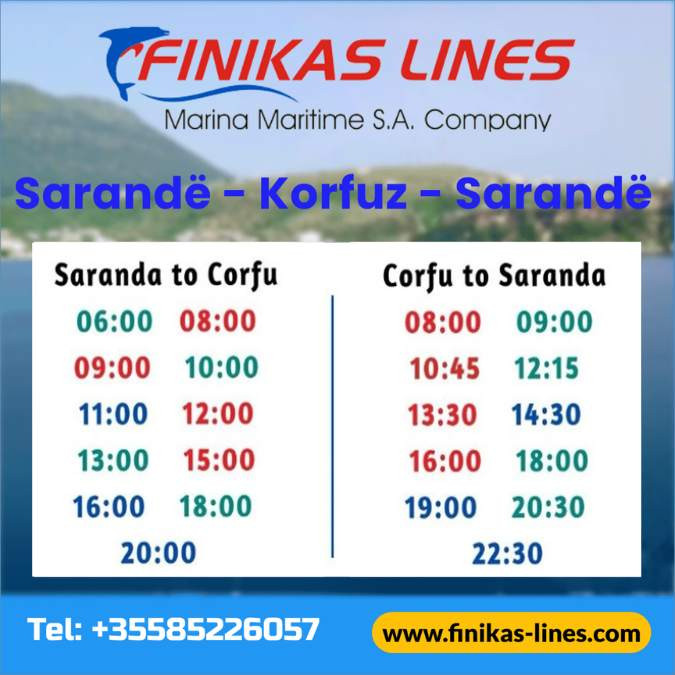



Suvenire
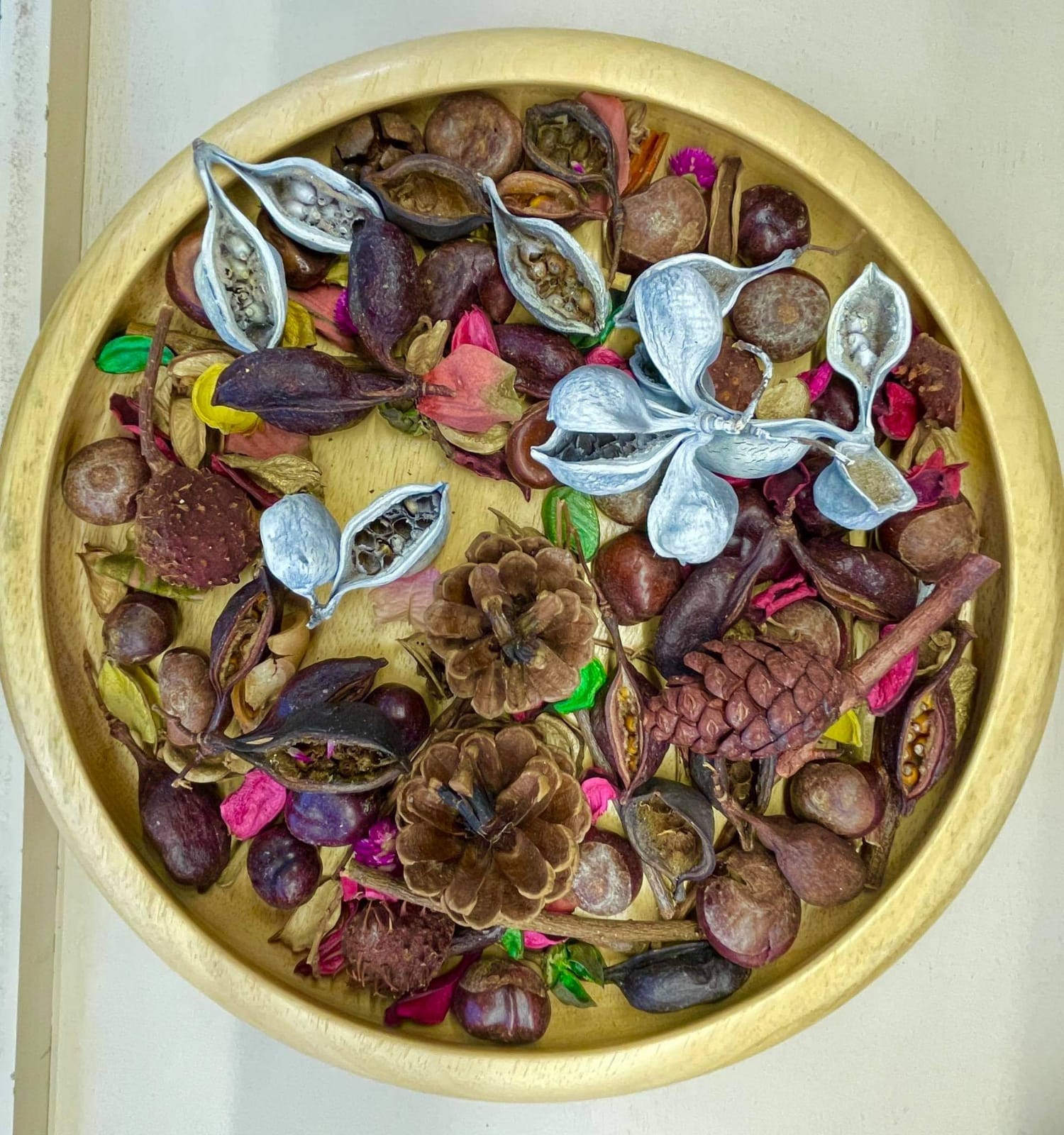
Suvenire nga Saranda
15/10/2413:28
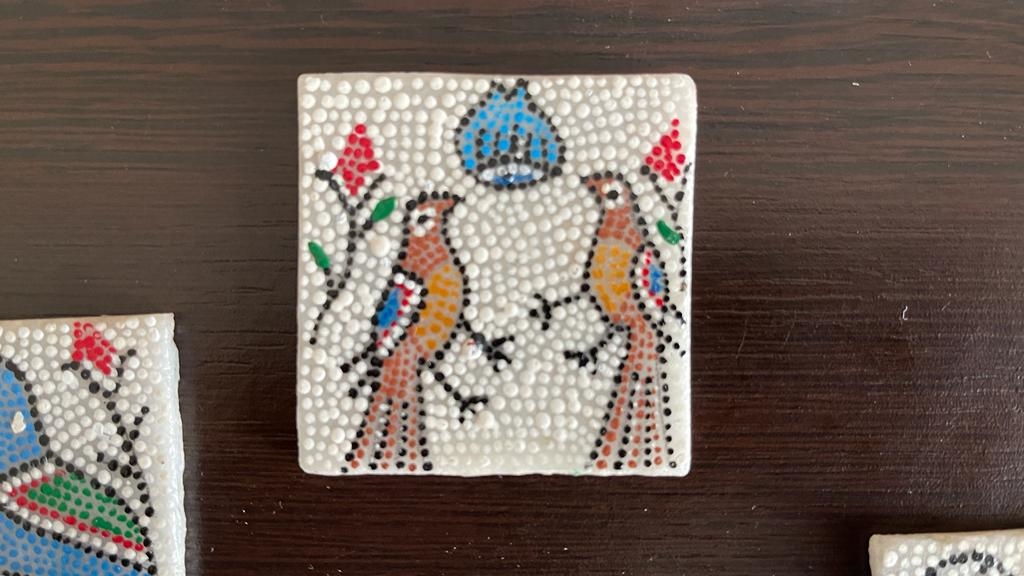
PUNIME ARTIZANE ME MOTIVE NGA BUTRINTI, PJETER PERKEQI 5
15/10/2413:28
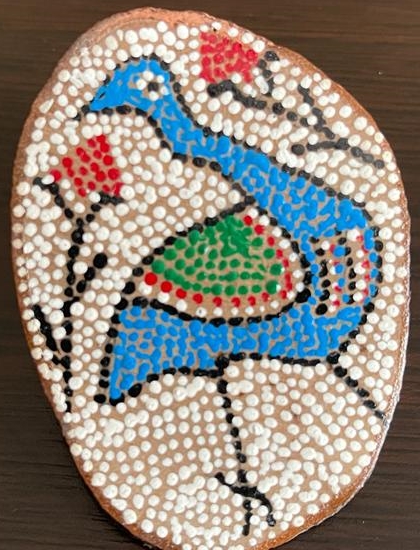
PUNIME ARTIZANE ME MOTIVE NGA BUTRINTI, PJETER PERKEQI 6
15/10/2413:28
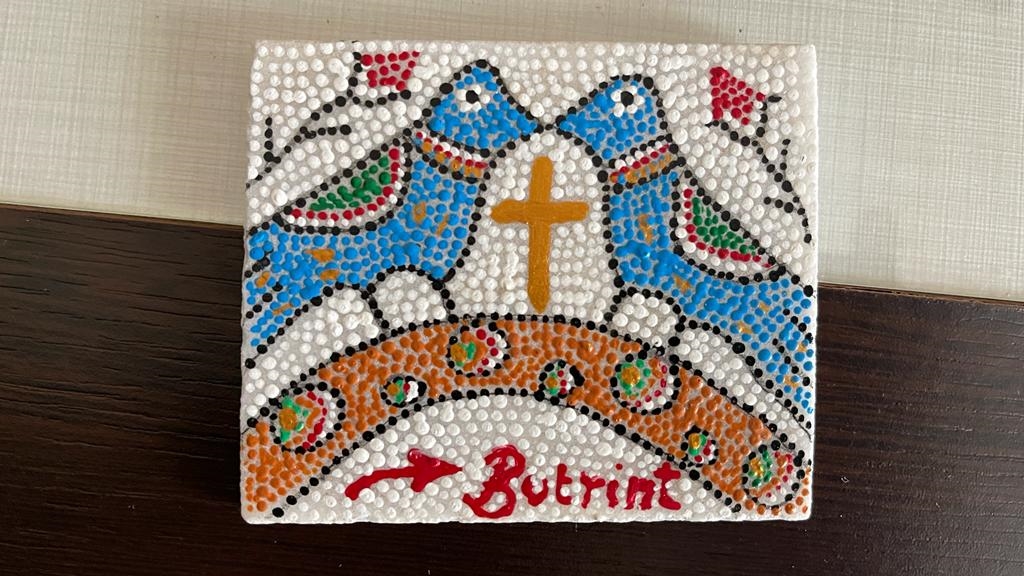
PUNIME ARTIZANE ME MOTIVE NGA BUTRINTI, PJETER PERKEQI 4
15/10/2413:28
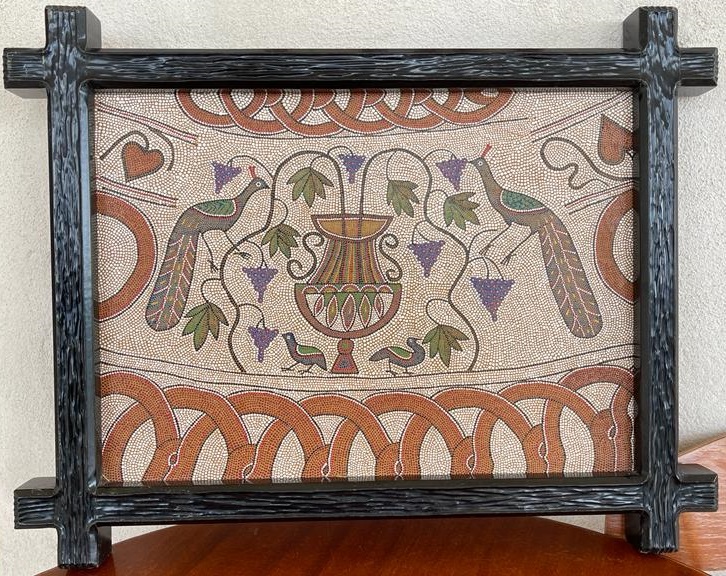
PUNIME ARTIZANE ME MOTIVE NGA BUTRINTI, PJETER PERKEQI 19
15/10/2413:28
